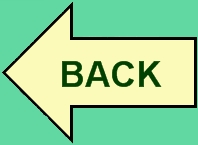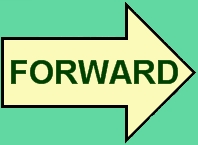[Articulating Betweenity]
Opening Articulation (or, Signing On)
- Title Page
- Opening Articulation
- Minding
- Deaf Theory
- Technology & Passing
- Technology as a Tool
- Education
- Mediation/Pronunciation
- Wanting Words
- Captioning CODA
- CODA Closing
- Primary Sources
- Secondary Sources
Hello. I am Brenda Brueggemann, your guide on this journey through “Articulating Betweenity: Literacy, Language, Identity and Technology in the Deaf/Hard-of-Hearing Collection.” You will see (and maybe even “hear”) me throughout this textual road trip as we traverse some states of “Modern Deaf-World.” You won’t much see—or hear—my collaborator and designer, Julia Voss. But she is the backseat driver without whom no destinations would have ever been reached. While I drove the vehicle of this text by “interpreting” for you (dear reader) the myriad expressions of “betweenity” in the literacy-learning lives of modern deaf and hard-of-hearing people, Julia skillfully guided me through the traffic and got me to the final destination with her design of the exhibit; our two skills then, combined between us, have produced this text. There will be another such guide—thus triangulating this text—whom you will meet near the end of our journey.
In these opening pages I have demonstrated, by channeling elocutionary rhetoric (for there is always a bit of Bulwer in my blood),[1] several of the variations for signing the concept of BETWEEN in American Sign Language. American Sign Language (ASL), like all other languages, has many linguistic concepts that can be multiply represented and inflected, depending on the contexts, subjects, and objects of their use. Between is just such a rich concept.
----------------------------------------
[1] John Bulwer was a 17th century English educator and rhetorician who adapted signs, gestures, body configurations, and facial expressions in his classical rhetorical-elocutionary treatises, Chirologia and Chironomia. He is credited with founding the “elocutionary movement” in the history of rhetoric with his elabortely detailed descrptions (and prescriptions) of what the hands, body, and face could do in the act and art of persuasion in these two treatises on “the art of the hand.” We also now know that he was one of the earliest English deaf educators and, even more significant, that he had a deaf daughter whose name happened to be Chirolea. Yet Bulwer himself never credits any “language of gestures” he might have acquired from these two important deaf sites/sources in his life that, surely, would have had a significant influence on his ability to create these two rhetorical treatises to begin with.

